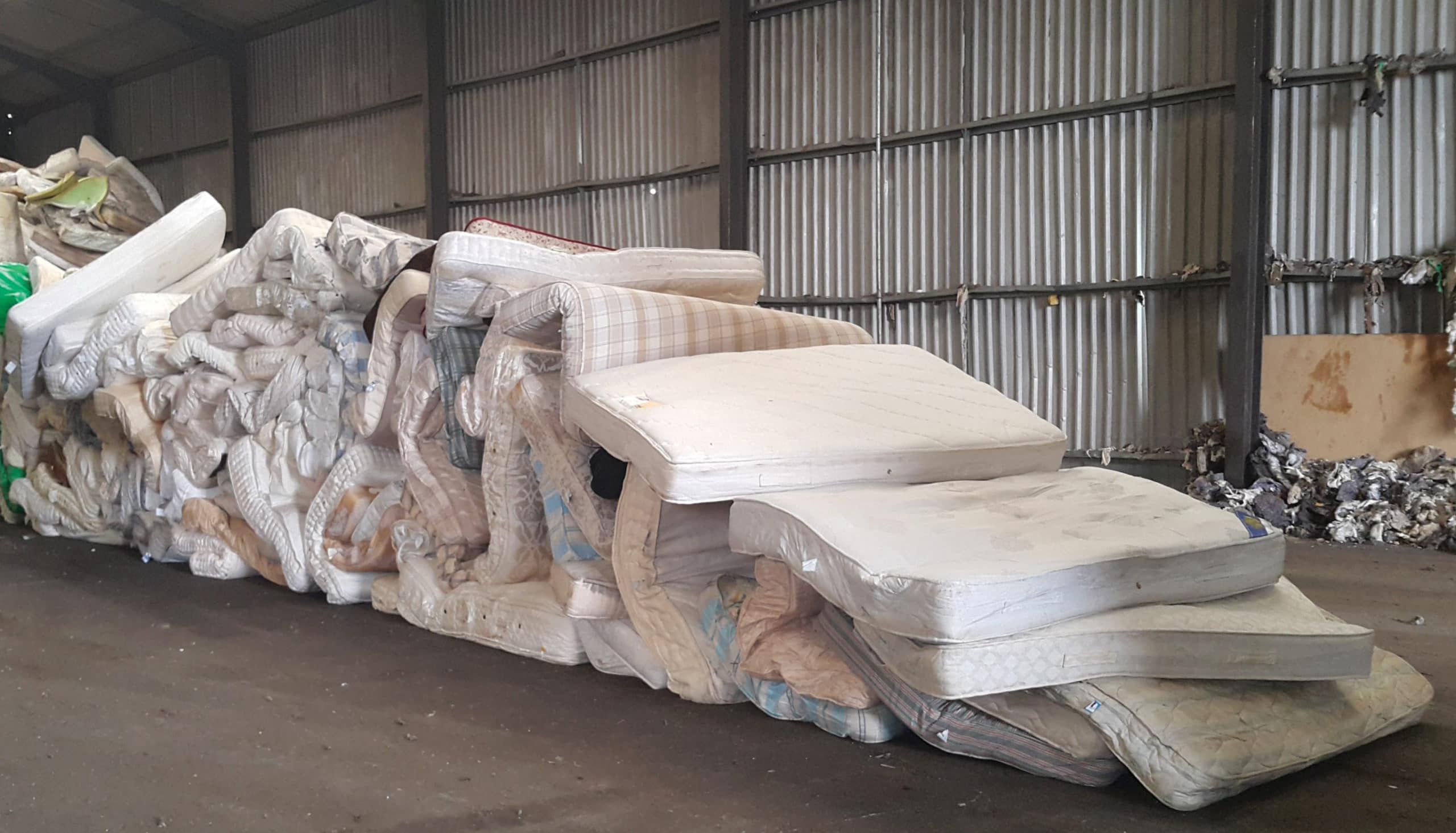If you're dealing with a kitchen sink that won't drain, it can be a frustrating and messy problem, especially if you have a garbage disposal. But before you call a plumber and spend money on a service call, there are a few simple steps you can take to try and fix the issue yourself. Clogged kitchen sinks with garbage disposals are a common household problem, but with the right tools and techniques, you can easily unclog your sink and get back to your daily routine. Here are 10 tips on how to fix a clogged kitchen sink with a garbage disposal:Unclog a Kitchen Sink with a Garbage Disposal
The first thing to do when your kitchen sink won't drain is to check the garbage disposal. Make sure it is turned off and unplugged before attempting any repairs. Look for any blockages, such as stuck food or debris, and remove them with tongs or pliers. Pro tip: To prevent future clogs, always run water while using the garbage disposal and avoid putting large or hard items down the drain.1. Check the Garbage Disposal
If the blockage is deeper in the drain, a plunger can be an effective tool to clear it. Fill the sink with a few inches of water to create a seal and then use the plunger to create suction and push the blockage through the pipes. Pro tip: For better results, cover the overflow opening and any other drains in the sink with a wet cloth to ensure all the pressure is directed to the clogged drain.2. Use a Plunger
If the plunger doesn't work, you can try using a natural solution of baking soda and vinegar. Pour half a cup of baking soda down the drain, followed by half a cup of vinegar. Let it sit for about 15 minutes, then pour hot water down the drain to flush it out. This combination can create a chemical reaction that can help loosen and dissolve clogs.3. Try Baking Soda and Vinegar
If the blockage is stubborn, you may need to use a drain snake to clear it. Insert the snake into the drain and twist it while pushing it through the pipes. This can help break up and remove any clogs. Pro tip: You can purchase a drain snake from a hardware store, or you can make your own using a wire hanger.4. Use a Drain Snake
The P-trap, located under your sink, is a common place for clogs to occur. Place a bucket under the P-trap and use a wrench to loosen and remove it. Clean out any debris and then reattach the P-trap. Make sure to tighten the connections to prevent any leaks.5. Check the P-Trap
If the clog is deeper in your pipes, a plumber's snake may be necessary. This tool can reach further than a regular drain snake and can help clear out more stubborn clogs. Insert the snake into the drain and twist it while pushing it through the pipes. Pro tip: Plumber's snakes can be rented from hardware stores if you don't want to purchase one.6. Use a Plumber's Snake
If your kitchen sink is connected to a dishwasher, it's possible that the clog is actually in the dishwasher drain hose. Check the hose for any kinks, clogs, or blockages and clear them out if necessary.7. Check the Dishwasher
If you suspect that the clog is caused by grease or oil, you can try using hot water and dish soap to clear it out. Pour a generous amount of dish soap down the drain, followed by boiling water. The soap can help break down the grease and the hot water can flush it away.8. Use Hot Water and Dish Soap
If you've tried all of the above methods and your sink is still not draining, it may be time to give your drain a good cleaning. You can purchase drain cleaning products from a hardware store or make your own using baking soda, vinegar, and boiling water. Pro tip: Regularly cleaning your drains can help prevent clogs from occurring in the first place.9. Clean the Drain
Why Your Kitchen Sink with Disposal May Not Be Draining Properly
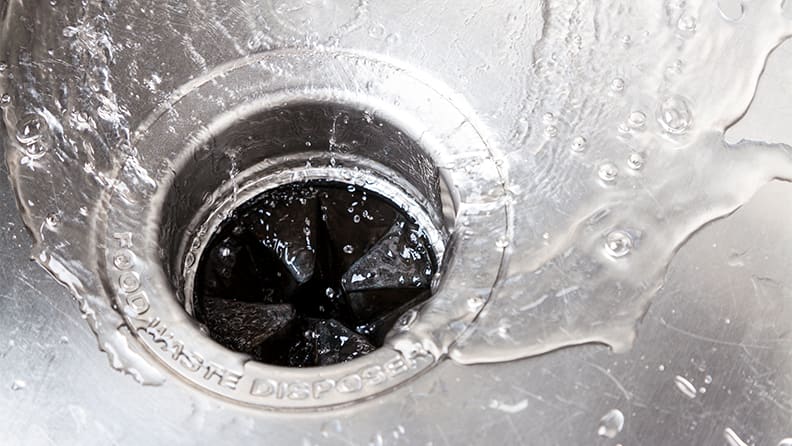
Understanding the Common Causes of a Clogged Kitchen Sink with Disposal
/how-to-install-a-sink-drain-2718789-hero-24e898006ed94c9593a2a268b57989a3.jpg) If you have a kitchen sink with a disposal, you know how convenient it can be for disposing of food scraps and keeping your sink clean. However, if you notice that your kitchen sink with disposal is not draining properly, it can be a frustrating and messy problem to deal with. Fortunately, there are some common causes for this issue that you can easily troubleshoot and fix.
If you have a kitchen sink with a disposal, you know how convenient it can be for disposing of food scraps and keeping your sink clean. However, if you notice that your kitchen sink with disposal is not draining properly, it can be a frustrating and messy problem to deal with. Fortunately, there are some common causes for this issue that you can easily troubleshoot and fix.
Food Buildup and Clogs
 One of the most common reasons for a kitchen sink with disposal not draining is food buildup and clogs. Over time, food particles, grease, and other debris can accumulate in the disposal and cause it to clog. This is especially true if you are not properly rinsing your dishes before placing them in the sink. To prevent this issue, be mindful of what you are putting down your disposal and regularly run hot water and dish soap through it to break up any buildup.
One of the most common reasons for a kitchen sink with disposal not draining is food buildup and clogs. Over time, food particles, grease, and other debris can accumulate in the disposal and cause it to clog. This is especially true if you are not properly rinsing your dishes before placing them in the sink. To prevent this issue, be mindful of what you are putting down your disposal and regularly run hot water and dish soap through it to break up any buildup.
Broken or Worn Out Disposal Parts
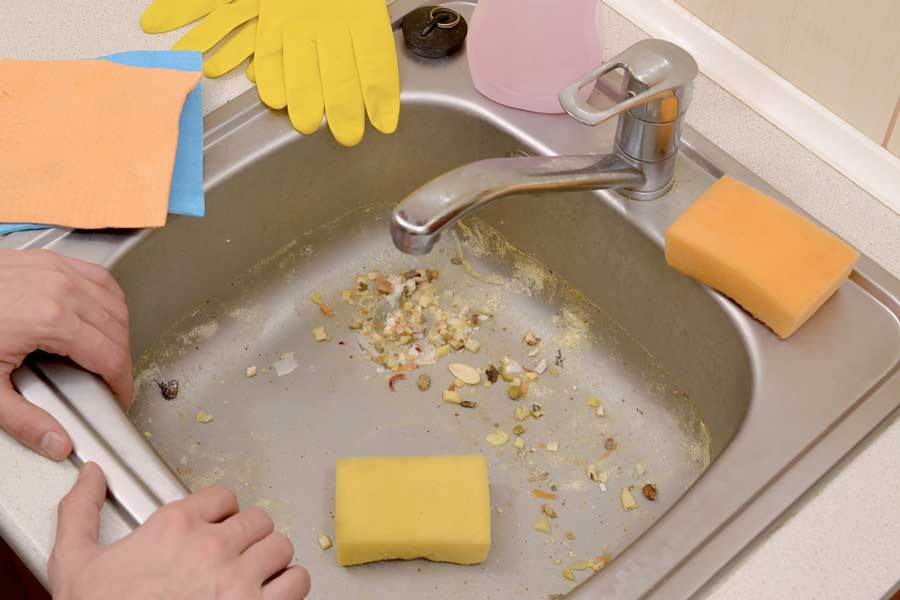 Another possible reason for a clogged kitchen sink with disposal is that some of its parts may be broken or worn out. The blades or impellers inside the disposal can become dull or jammed, preventing it from effectively grinding up food waste. Additionally, the motor may be malfunctioning or the disposal’s drain line could be clogged. If you suspect any of these issues, it may be time to call a professional to inspect and repair your disposal.
Another possible reason for a clogged kitchen sink with disposal is that some of its parts may be broken or worn out. The blades or impellers inside the disposal can become dull or jammed, preventing it from effectively grinding up food waste. Additionally, the motor may be malfunctioning or the disposal’s drain line could be clogged. If you suspect any of these issues, it may be time to call a professional to inspect and repair your disposal.
Pipe Blockages
 If you have ruled out any issues with your disposal, the problem may lie in your pipes. Over time, debris, grease, and other materials can build up in your pipes and cause blockages, preventing water from properly draining through your sink. You can try using a plunger or drain snake to clear out any clogs, but if the issue persists, it may be best to call a plumber to assess the situation.
If you have ruled out any issues with your disposal, the problem may lie in your pipes. Over time, debris, grease, and other materials can build up in your pipes and cause blockages, preventing water from properly draining through your sink. You can try using a plunger or drain snake to clear out any clogs, but if the issue persists, it may be best to call a plumber to assess the situation.
Inadequate Water Flow
 Finally, inadequate water flow may also be a factor in your kitchen sink with disposal not draining properly. If there is not enough water running through your sink, it can cause food particles and other debris to stick to the sides of your pipes and disposal, leading to clogs. Make sure to run plenty of hot water through your disposal while it is in use to prevent this issue.
In conclusion, there are several potential reasons why your kitchen sink with disposal may not be draining properly. By understanding these common causes and taking preventative measures, you can keep your sink and disposal functioning smoothly and avoid the frustration of a clogged sink. If the issue persists, it may be best to seek the help of a professional plumber to ensure that your kitchen sink and disposal are working at their best.
Finally, inadequate water flow may also be a factor in your kitchen sink with disposal not draining properly. If there is not enough water running through your sink, it can cause food particles and other debris to stick to the sides of your pipes and disposal, leading to clogs. Make sure to run plenty of hot water through your disposal while it is in use to prevent this issue.
In conclusion, there are several potential reasons why your kitchen sink with disposal may not be draining properly. By understanding these common causes and taking preventative measures, you can keep your sink and disposal functioning smoothly and avoid the frustration of a clogged sink. If the issue persists, it may be best to seek the help of a professional plumber to ensure that your kitchen sink and disposal are working at their best.

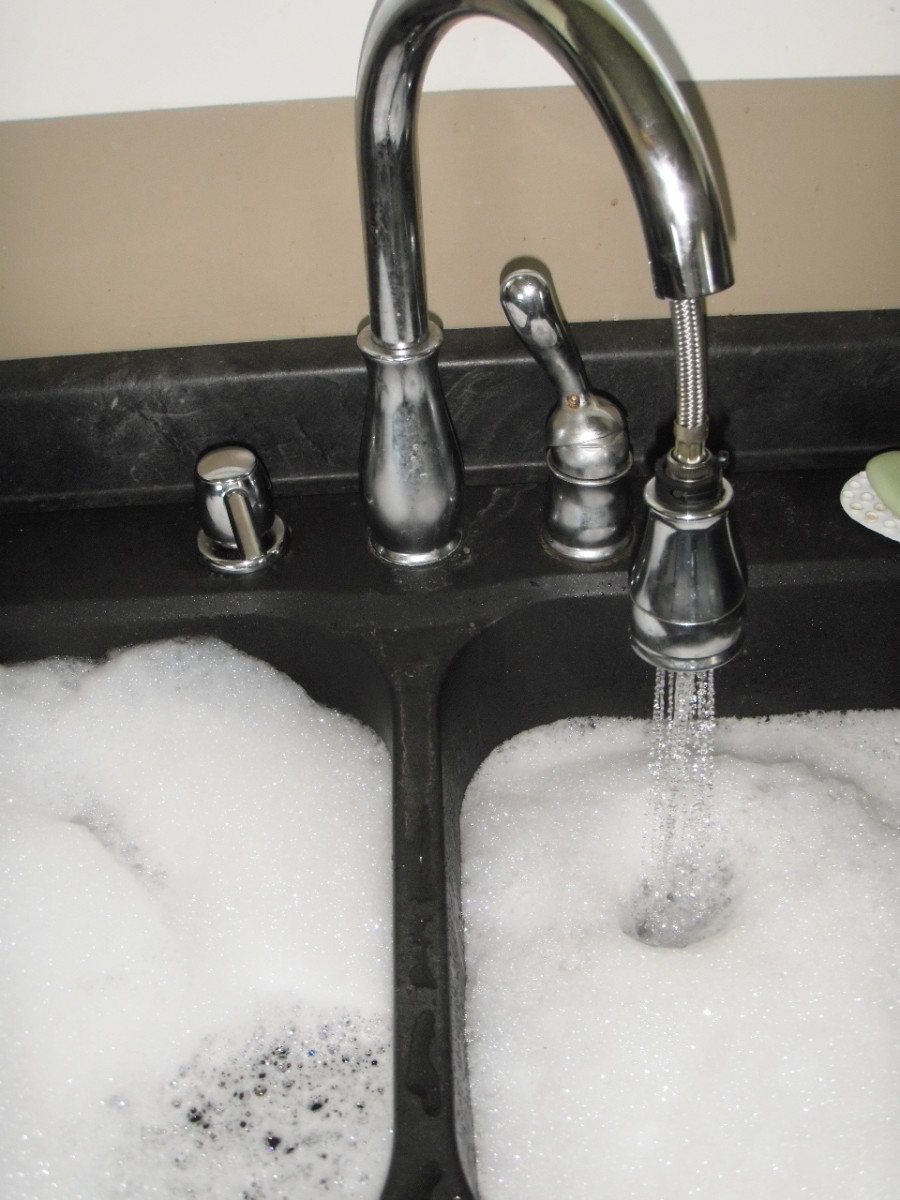
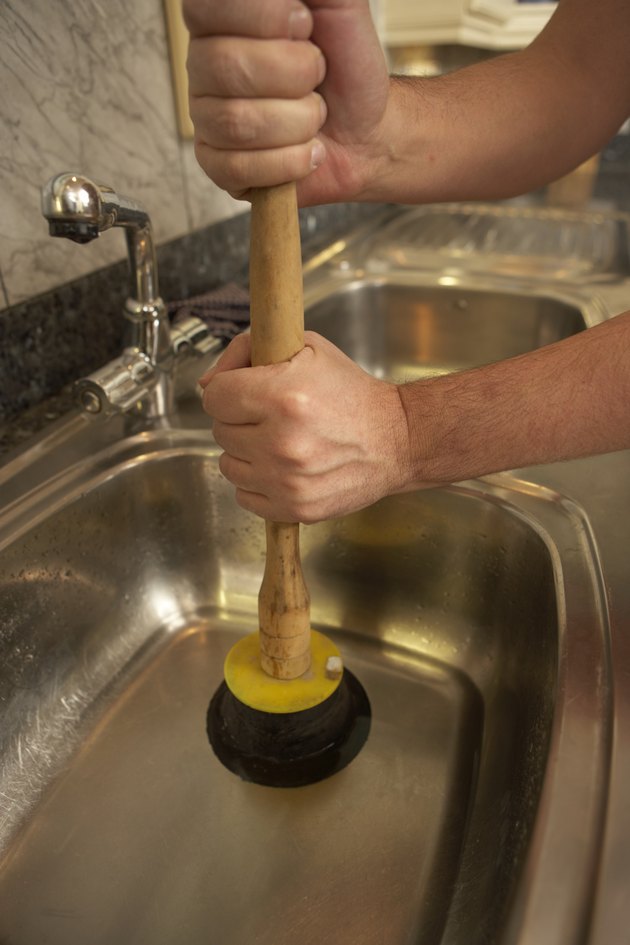






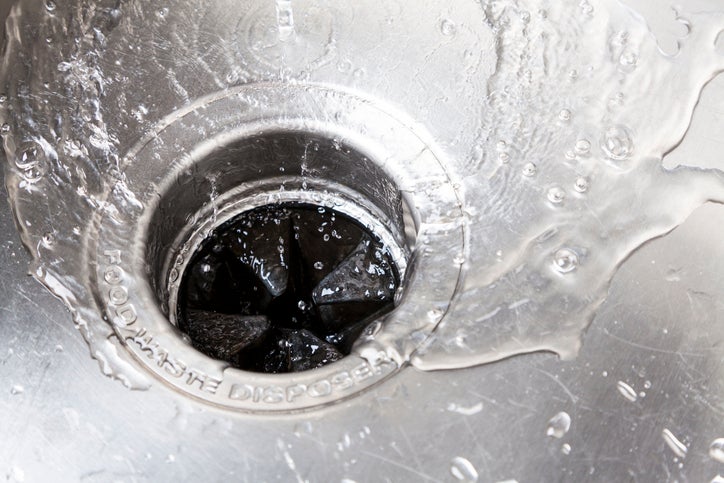

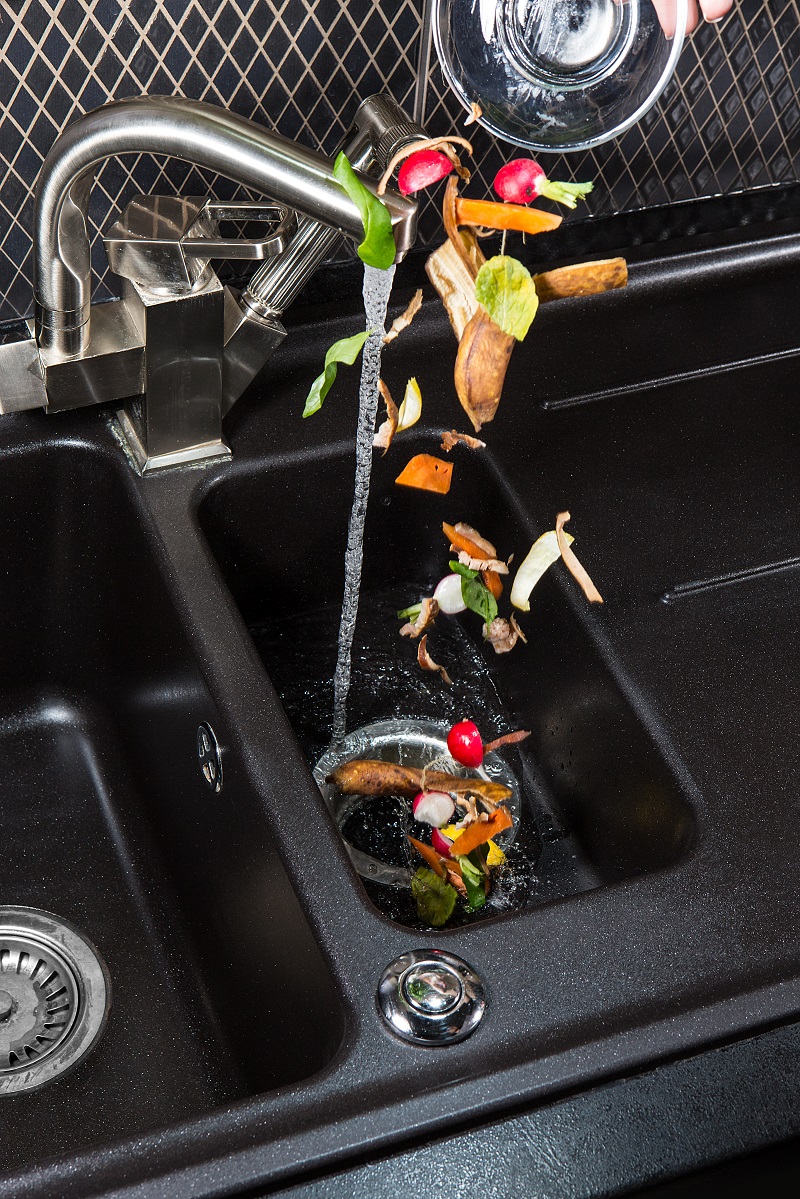


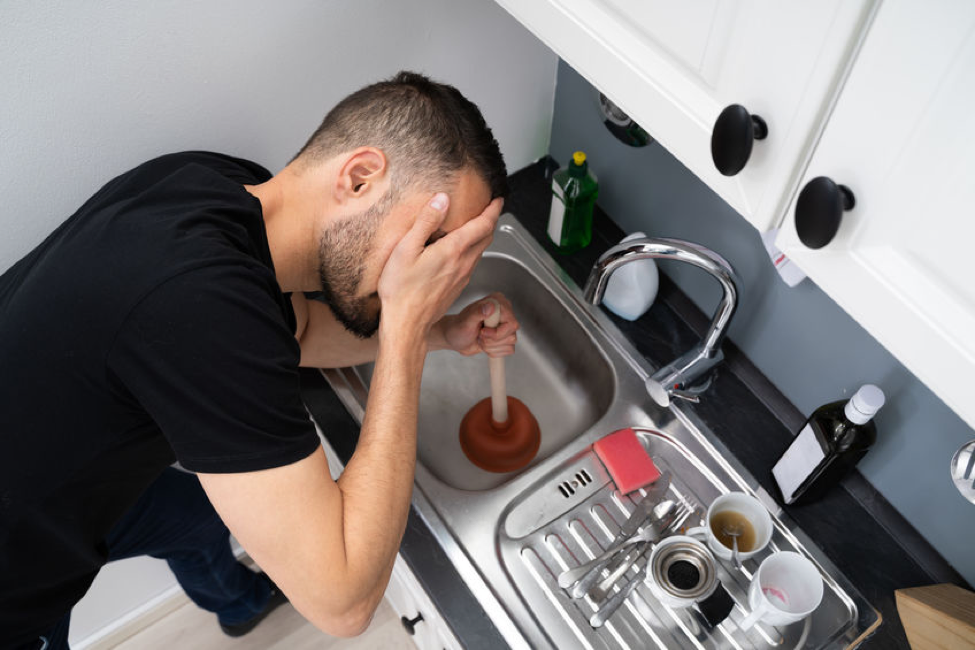
:max_bytes(150000):strip_icc()/Repair-a-Clogged-Garbage-Disposal-1824884-hero-cda06d4e6955472bbab06ed123bc5b99.jpg)


/kitchen-sink-171366298-57fe93b75f9b5805c26b283a.jpg)

:max_bytes(150000):strip_icc()/Repair-a-Clogged-Garbage-Disposal-1824884-04-17f433ab5829440581b1065405c733df.jpg)





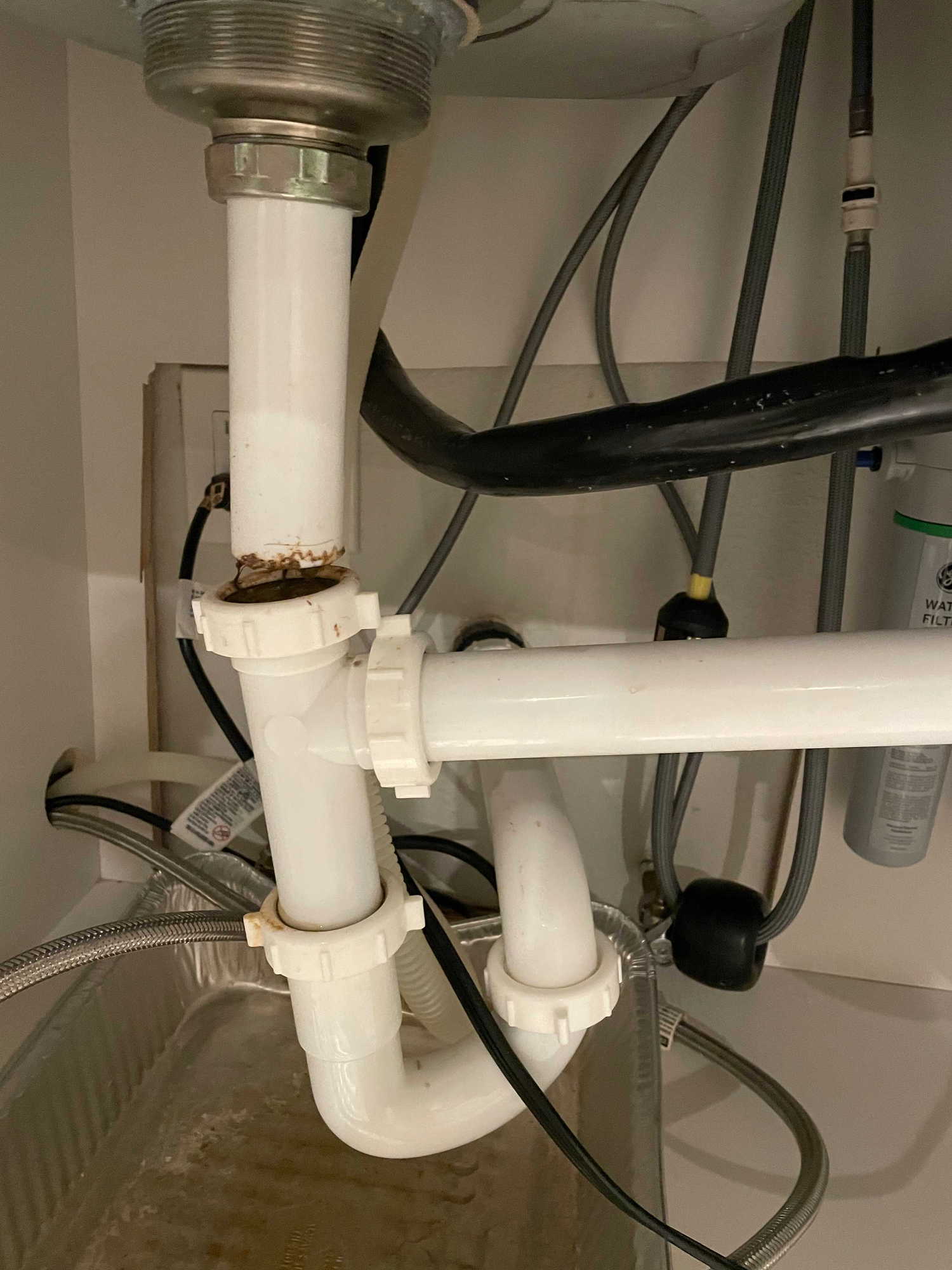




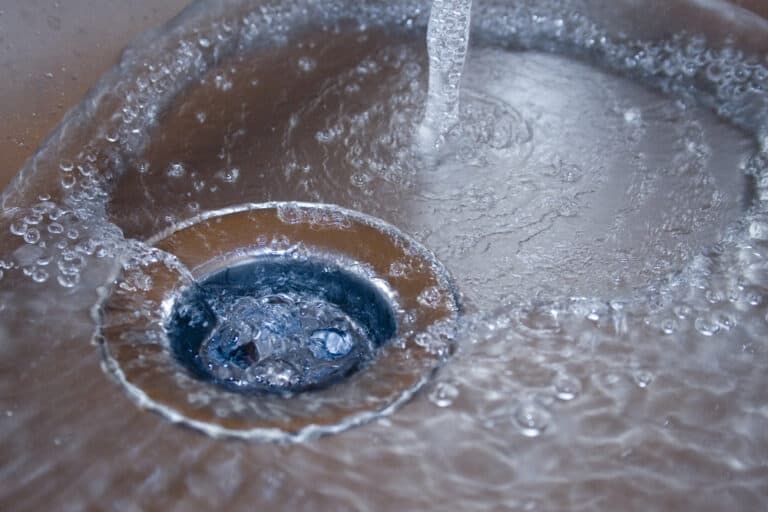






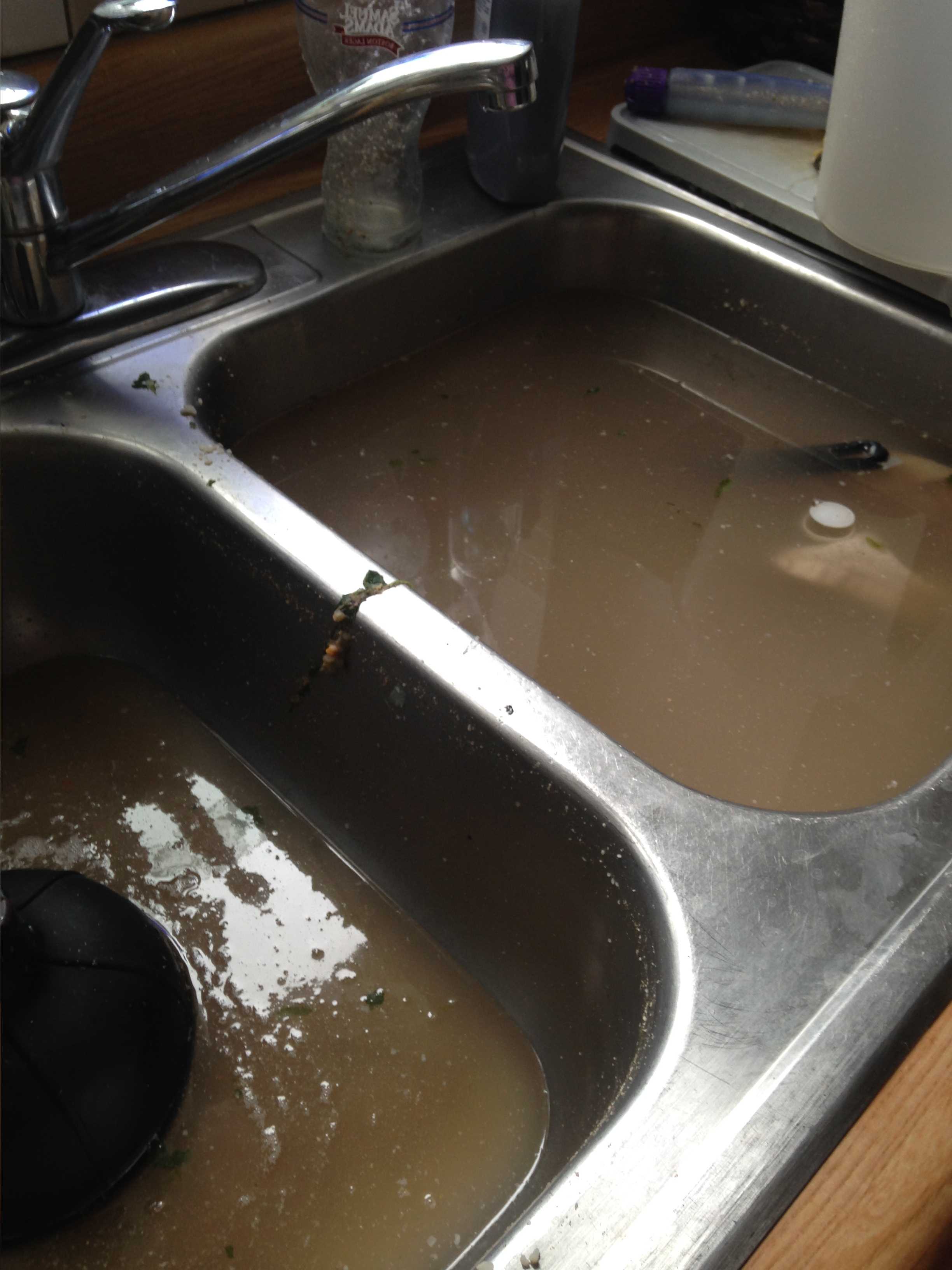




















:max_bytes(150000):strip_icc()/kitchen-sink-171366298-5841b8de3df78c0230af5814.jpg)


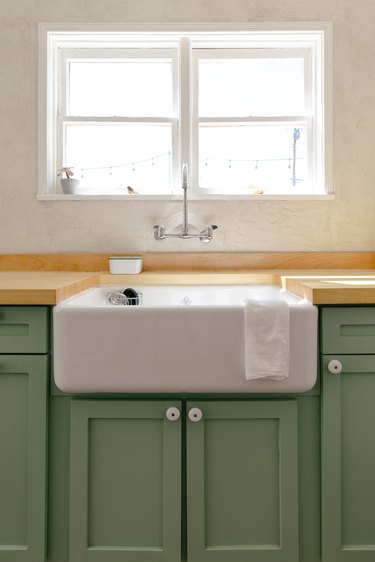


/Clogpipecleaner-GettyImages-1163260376-ed2bb04f8b6e434cbcd43a69cb59b1a4.jpg)


/kitchen-sink-171366298-5841b8de3df78c0230af5814.jpg)



